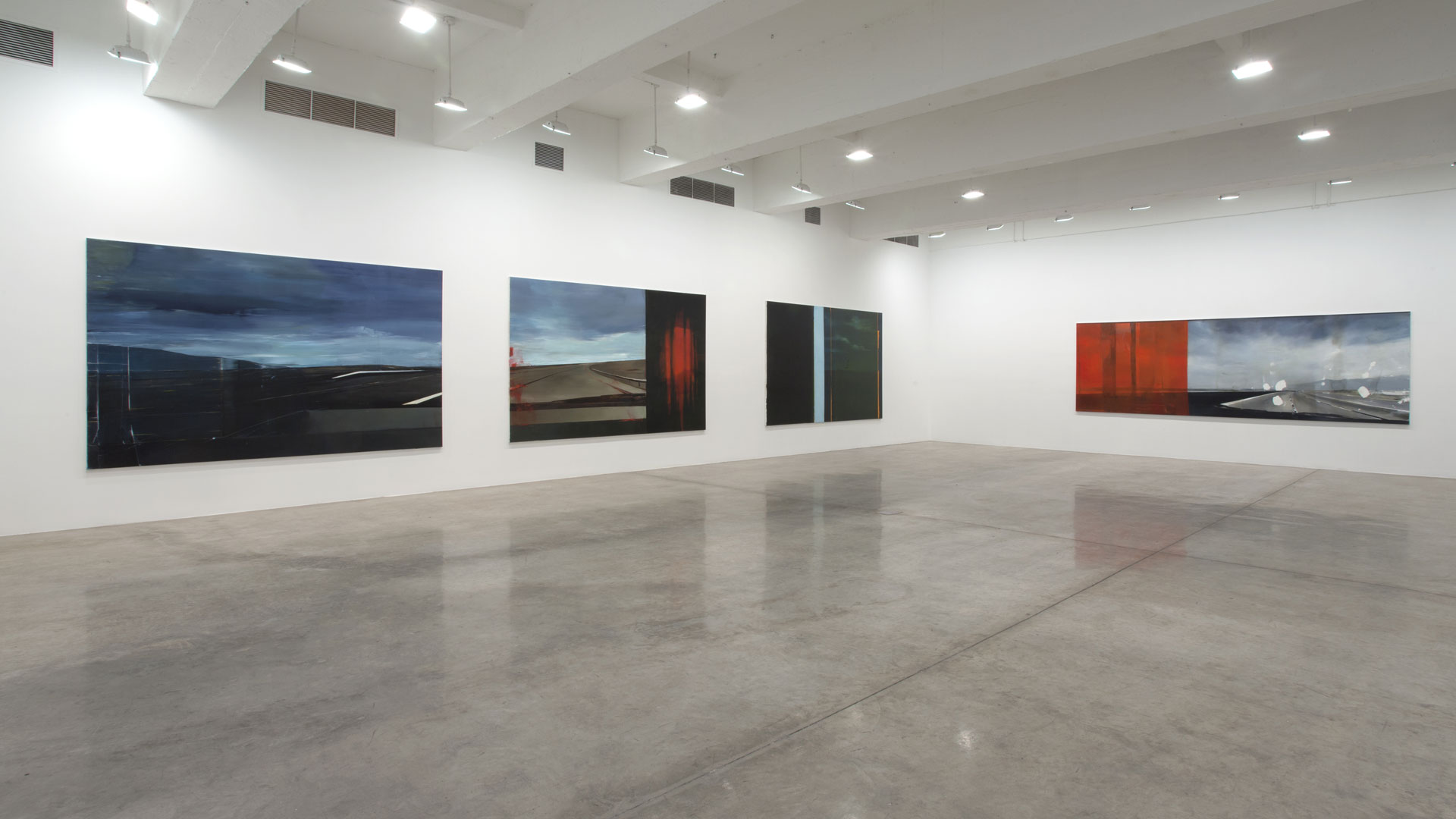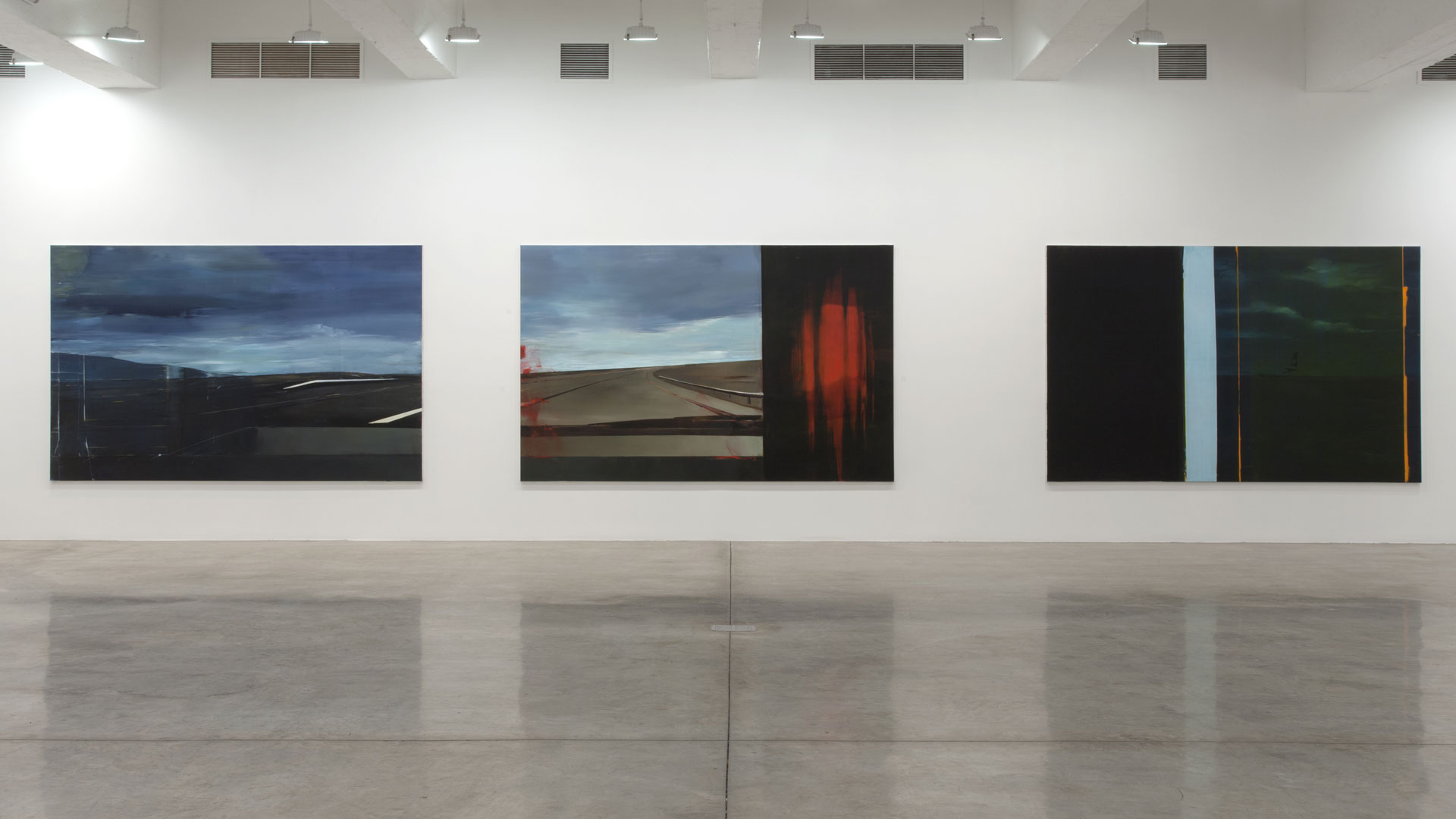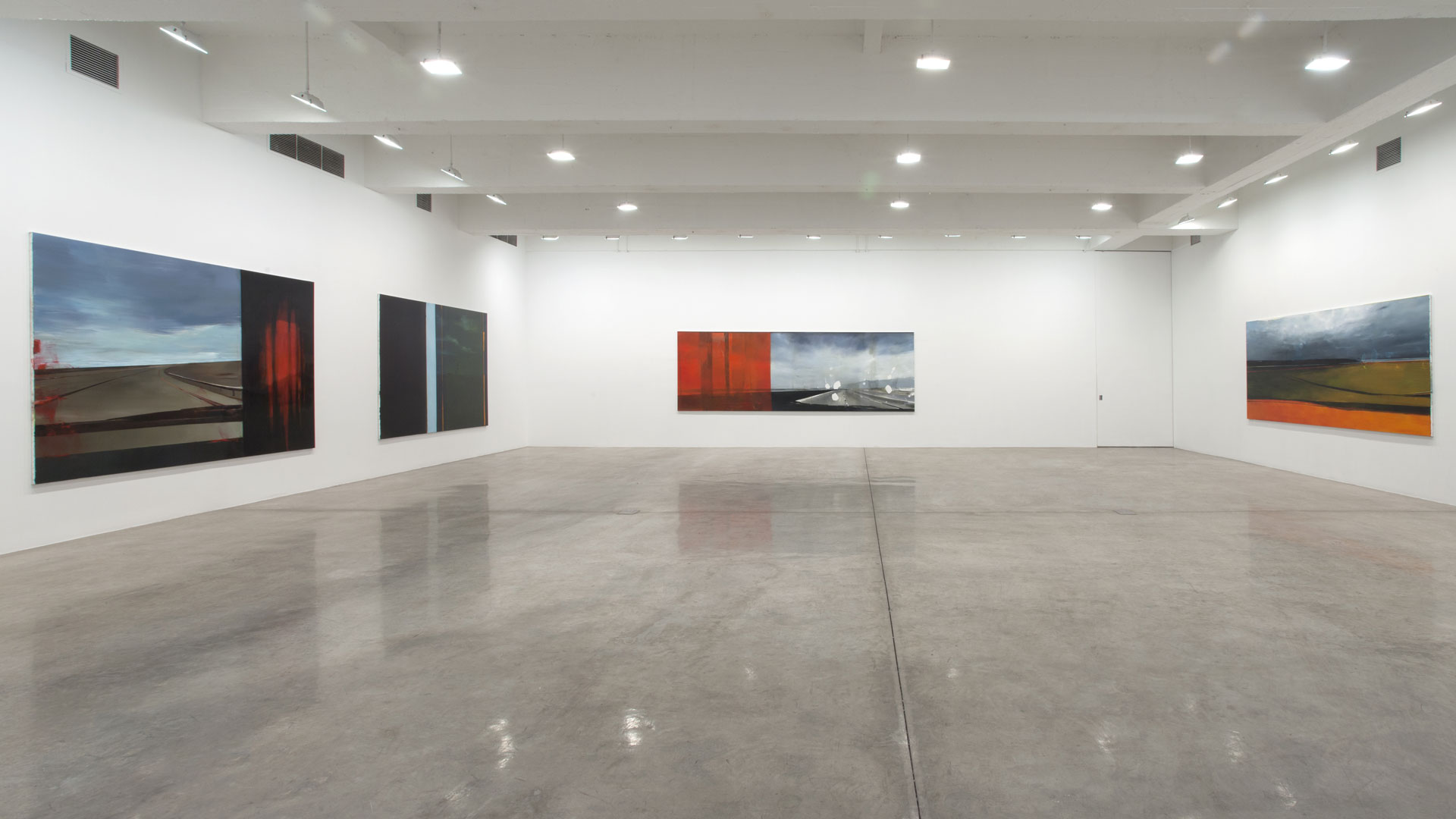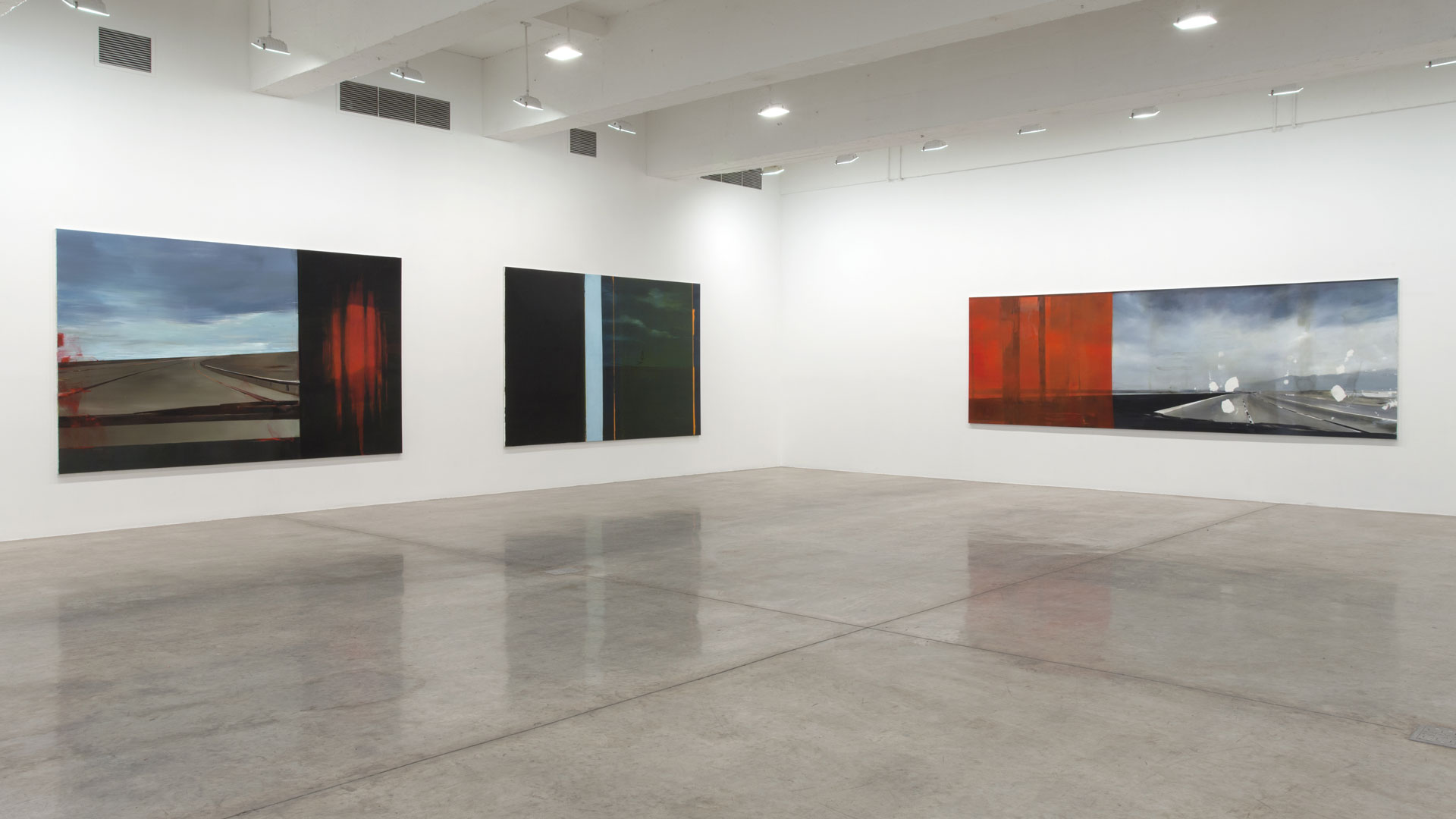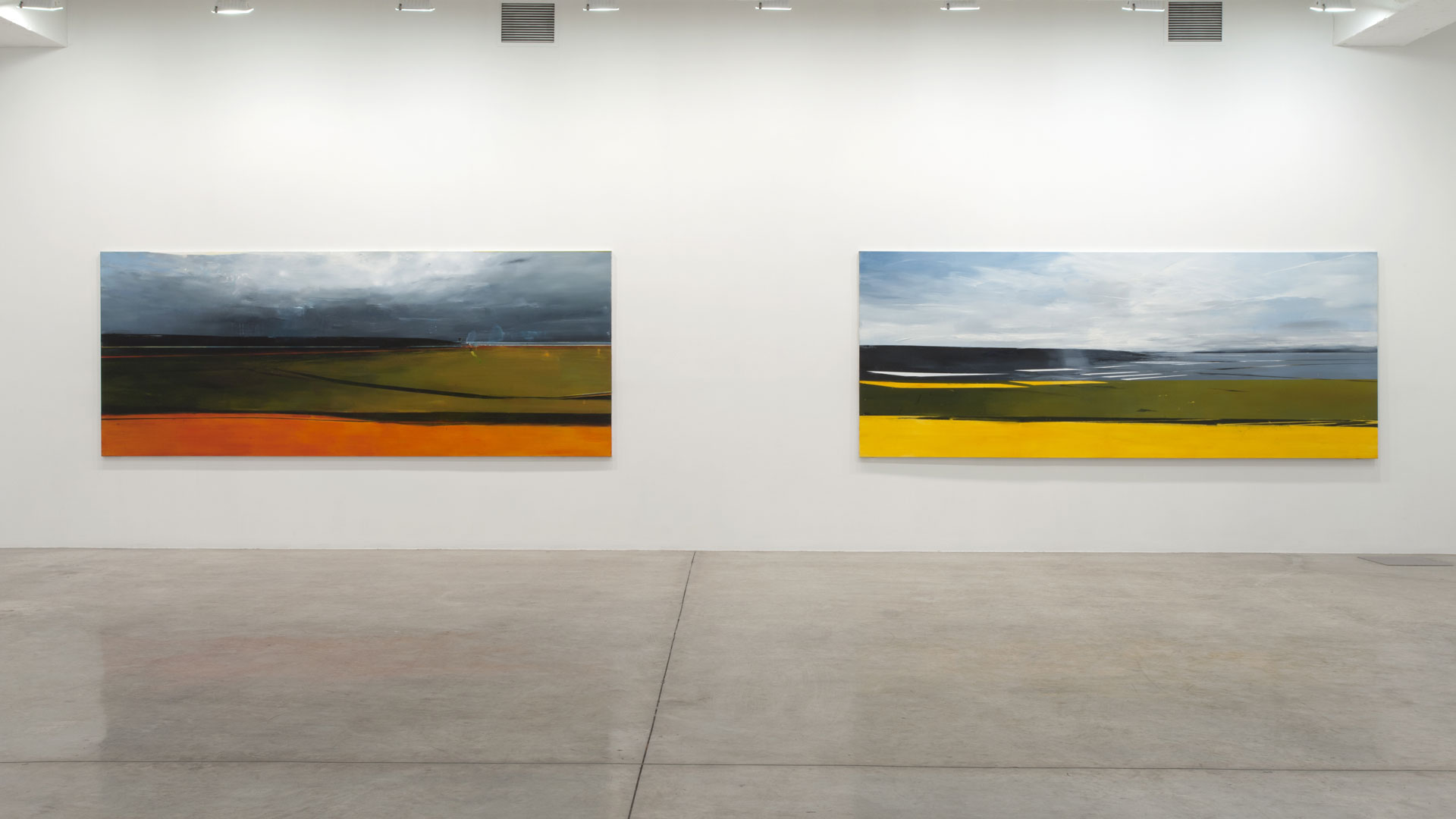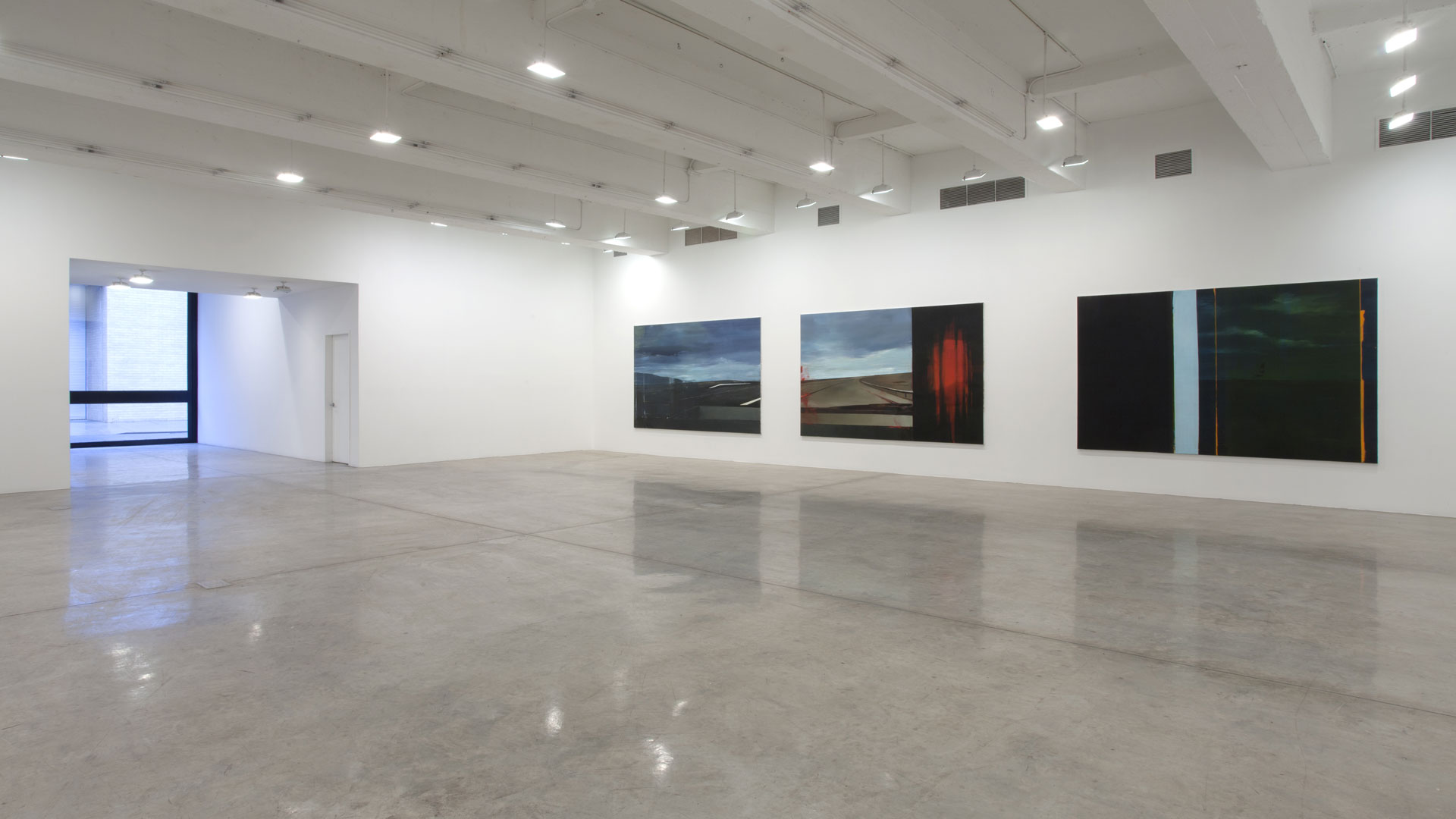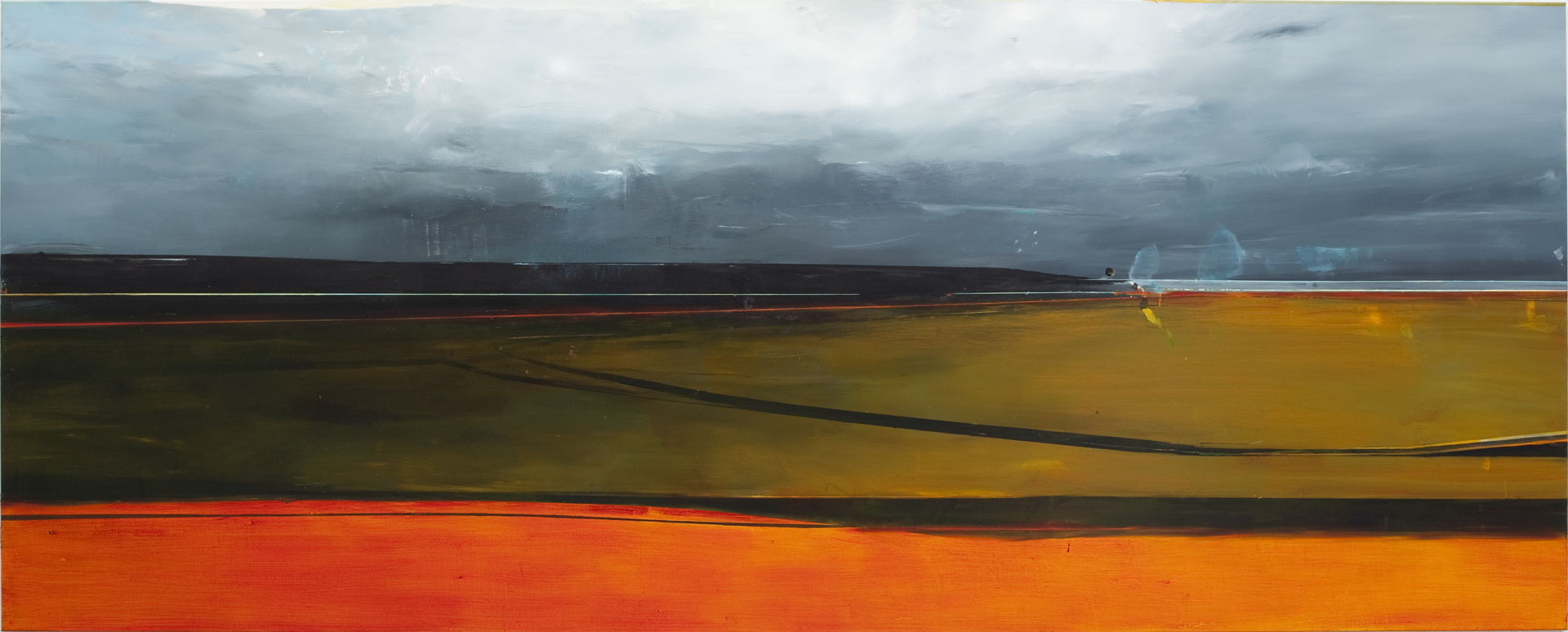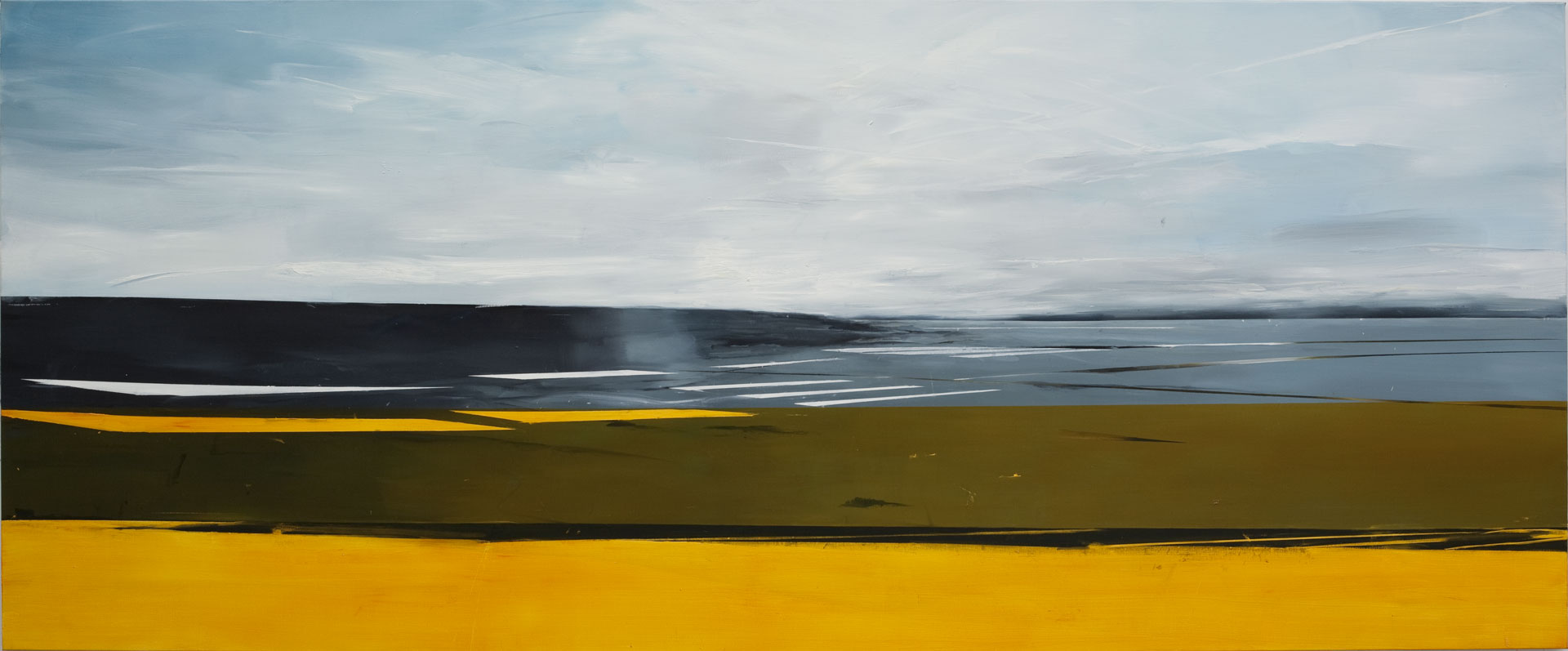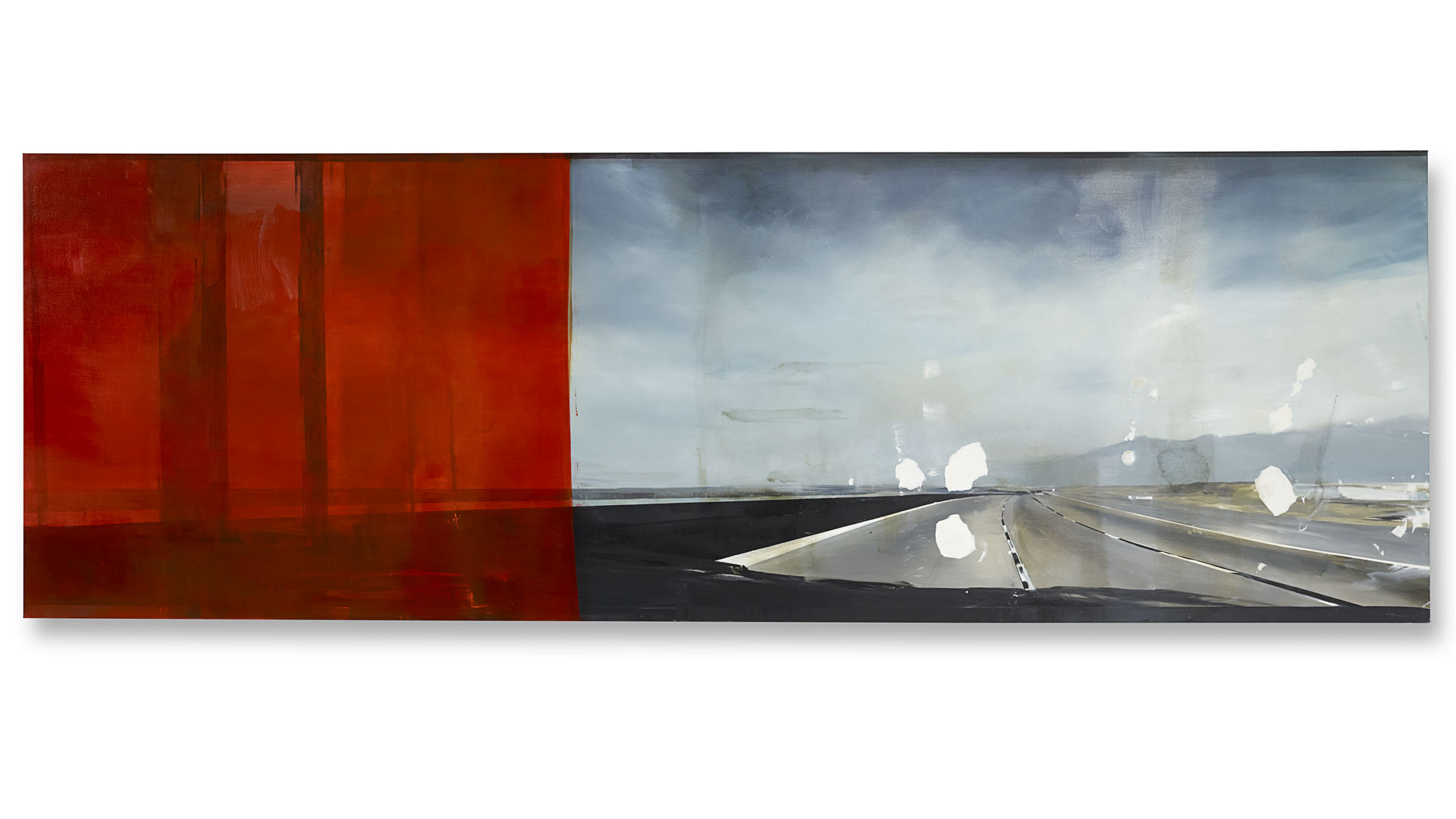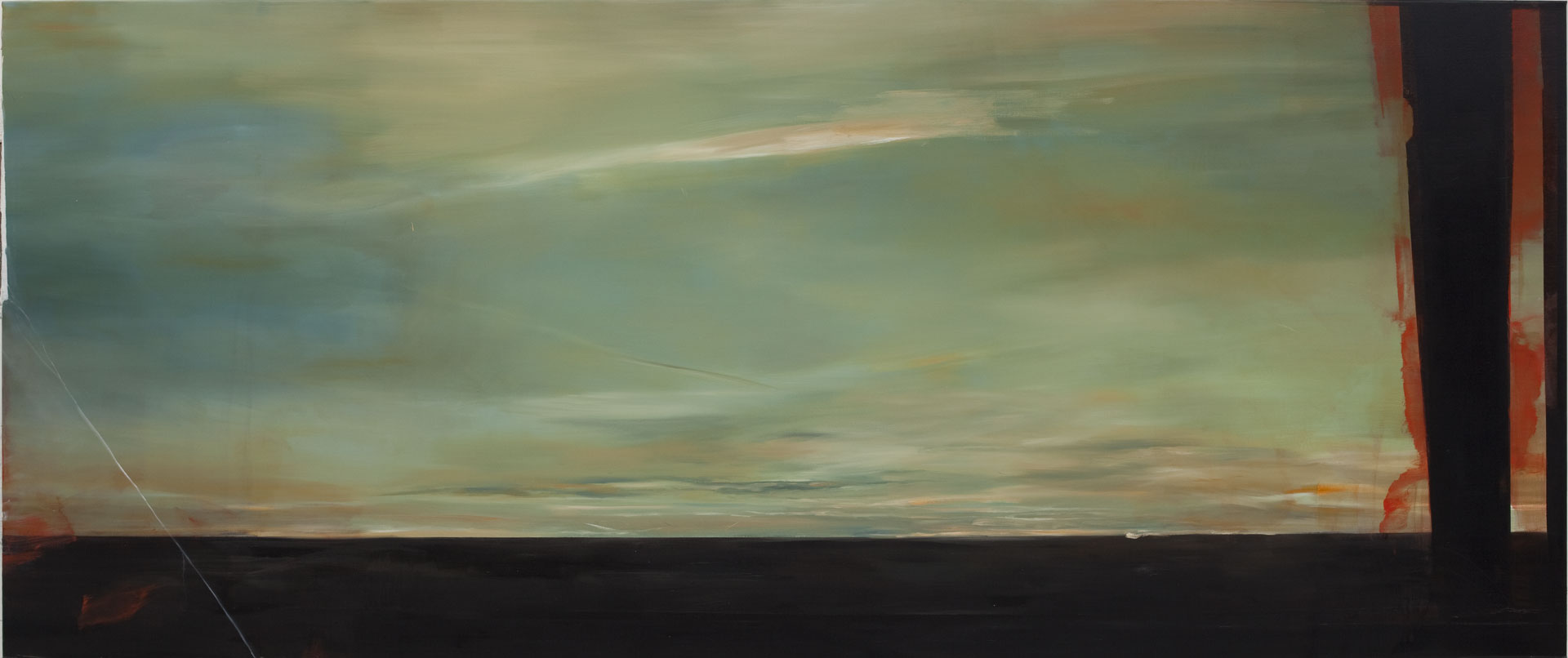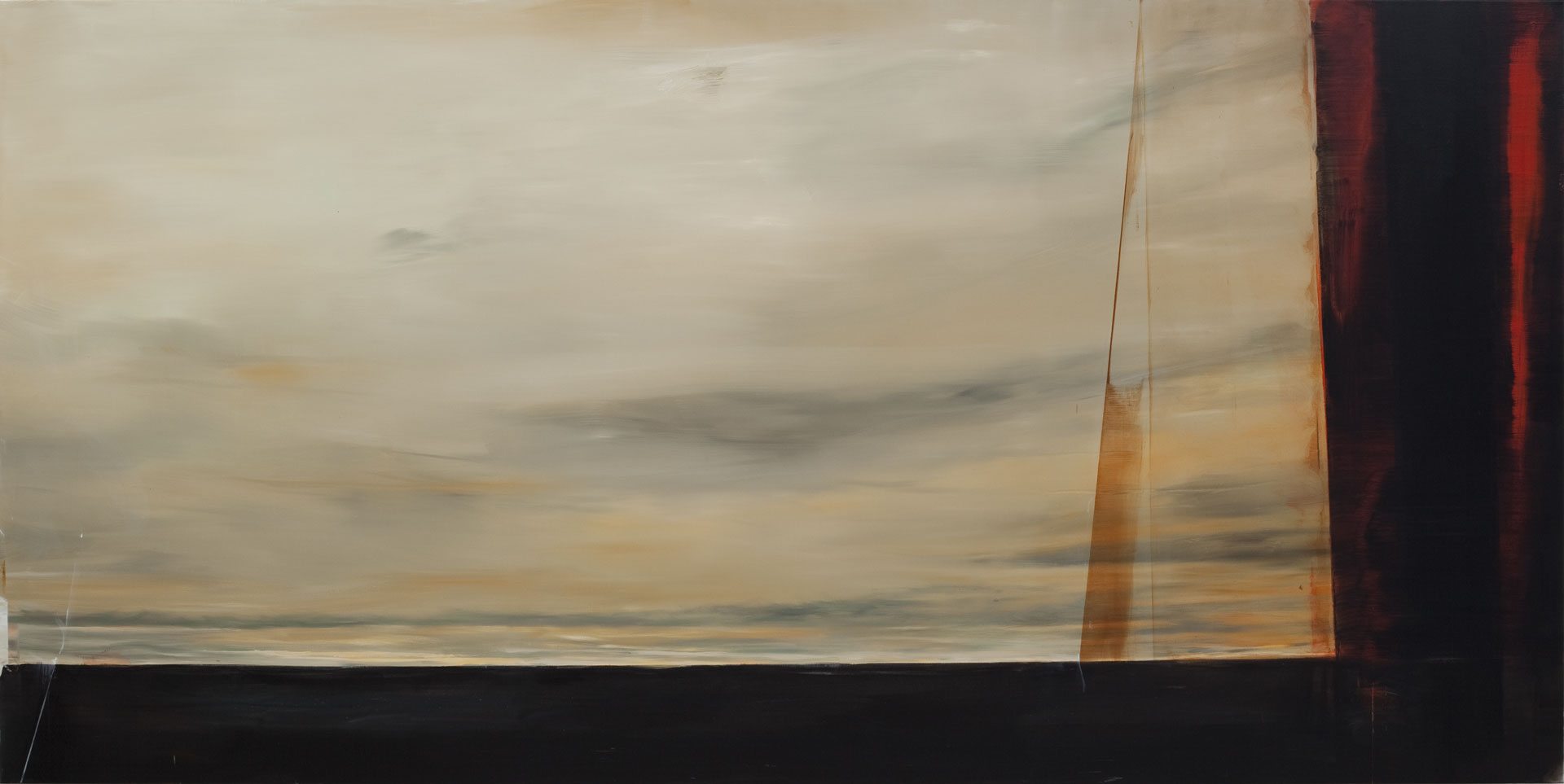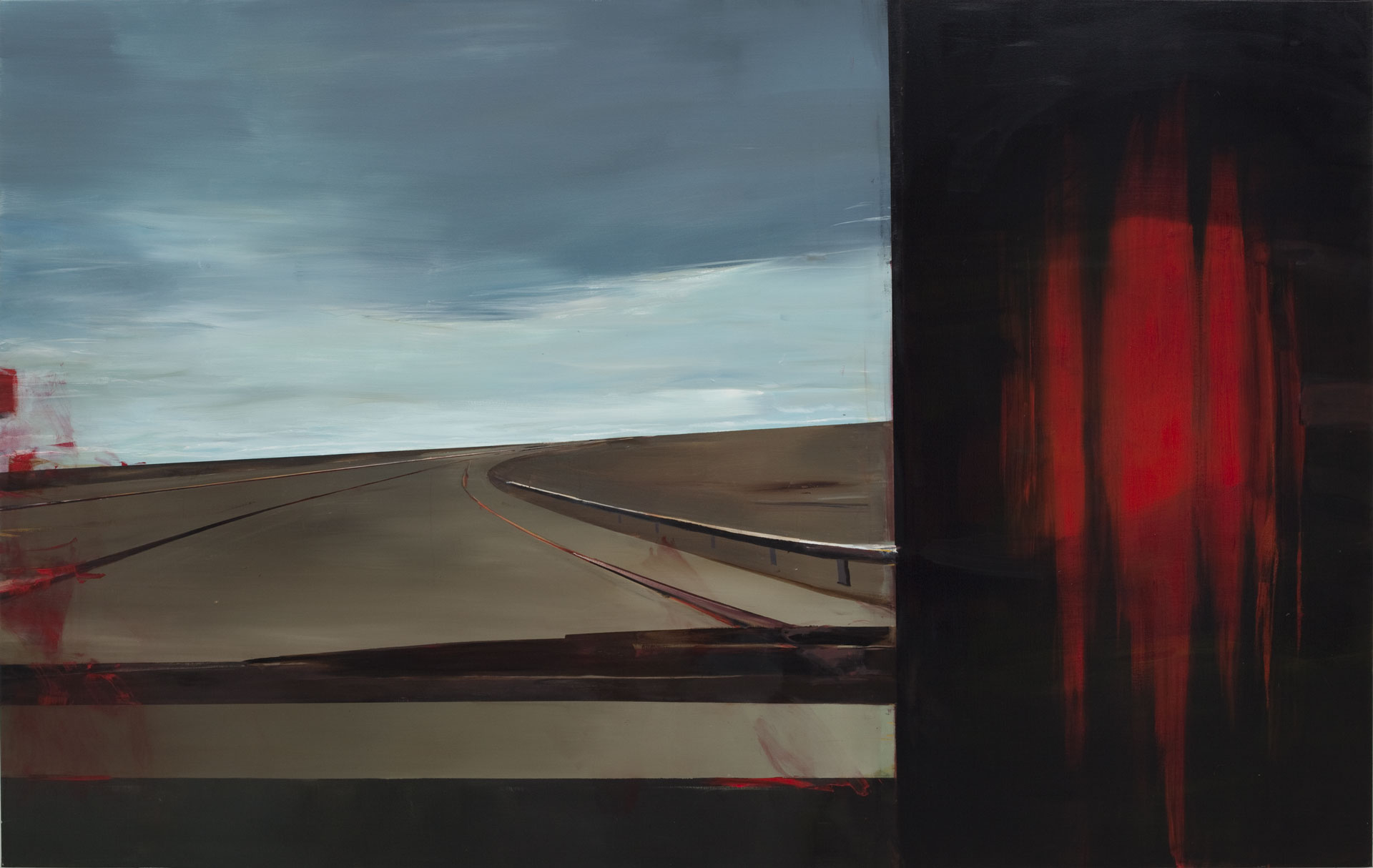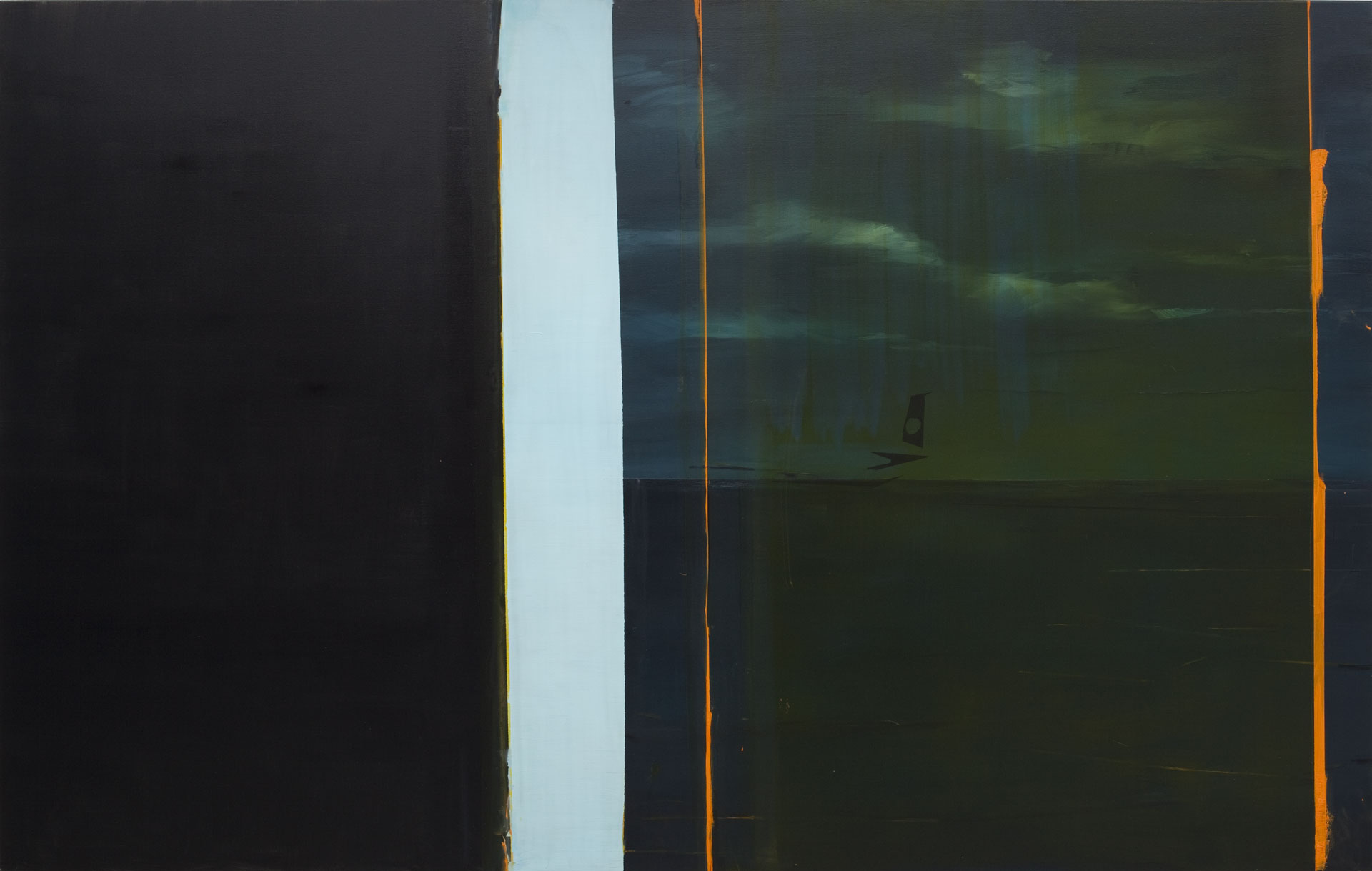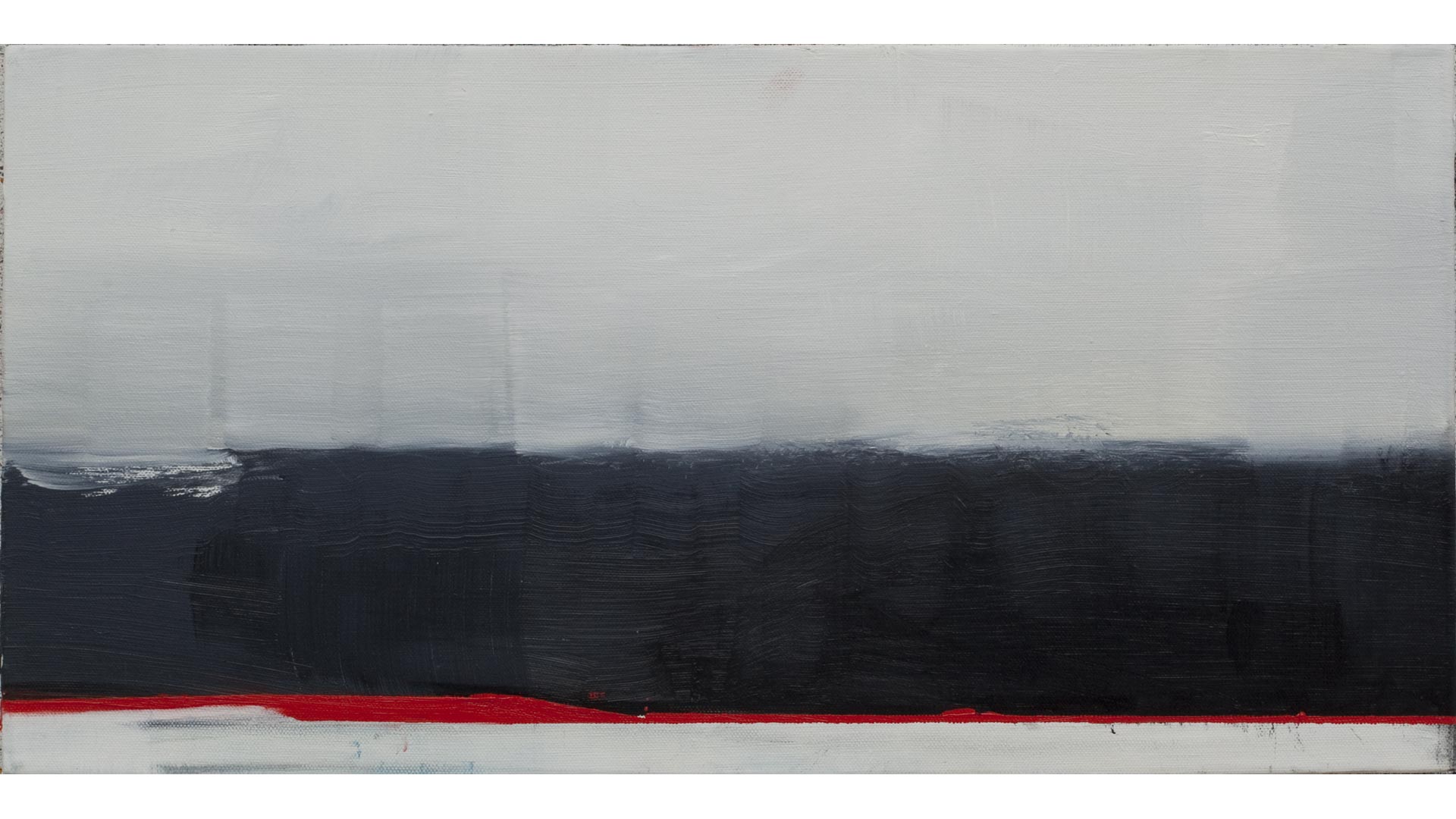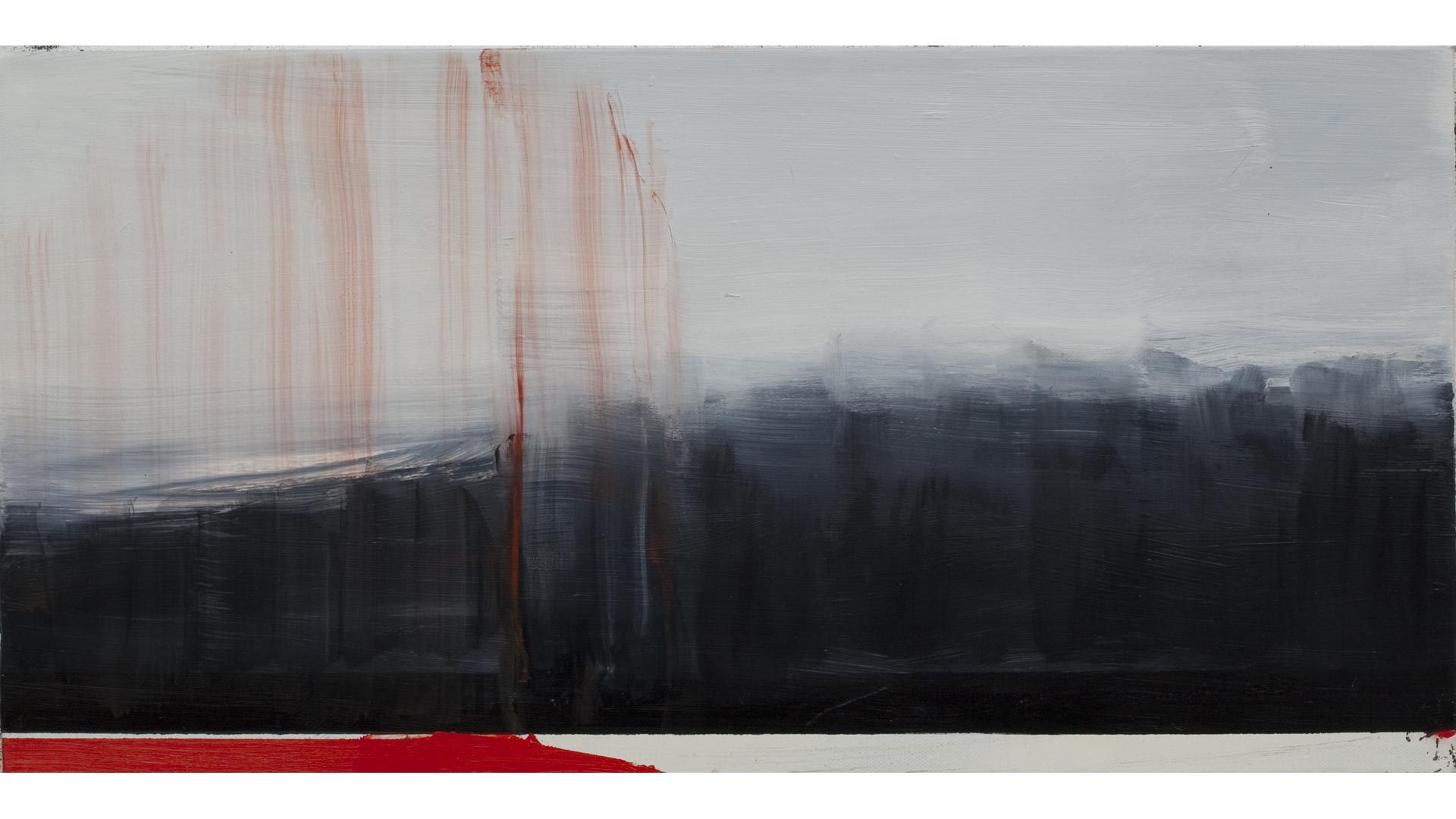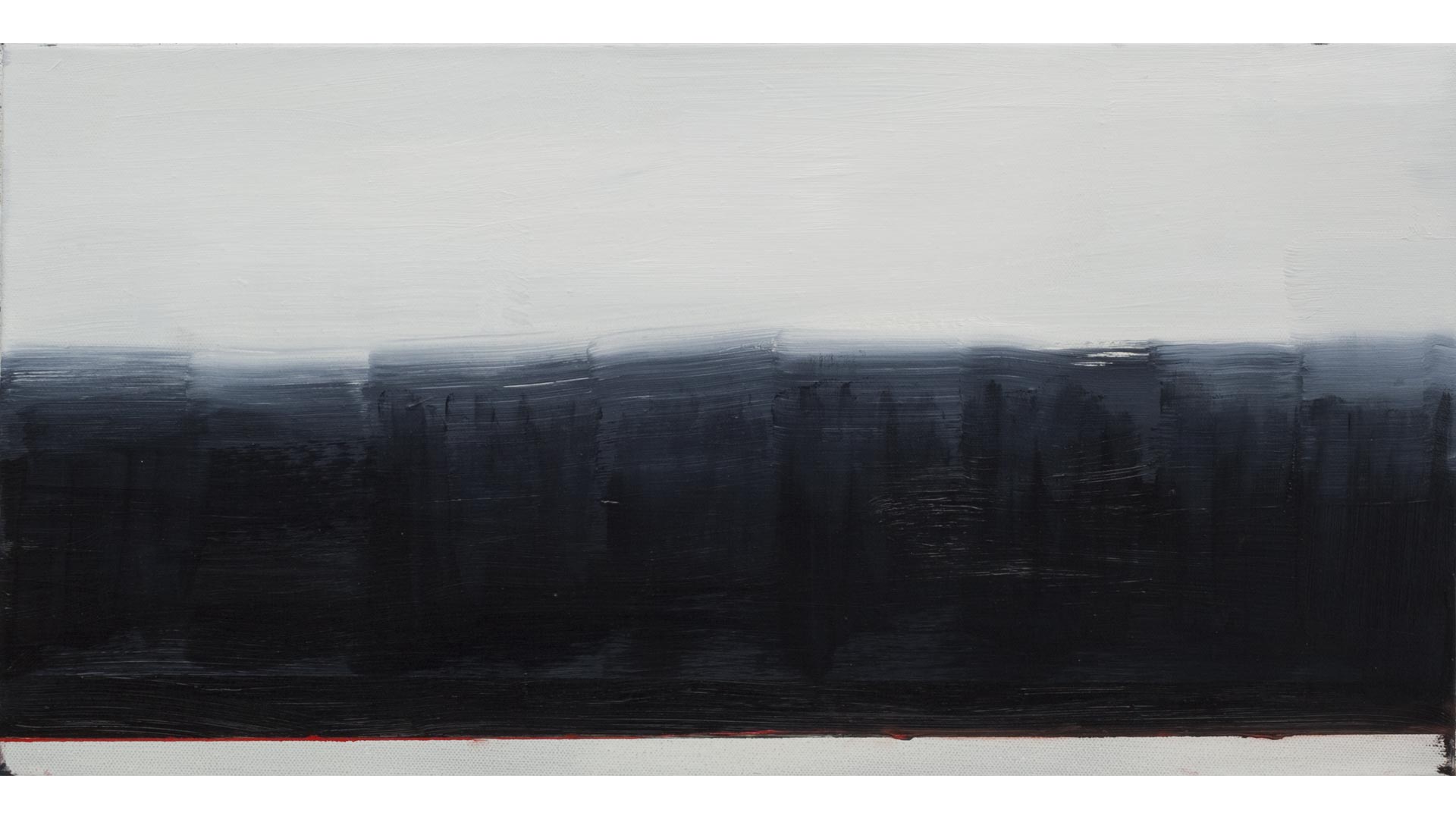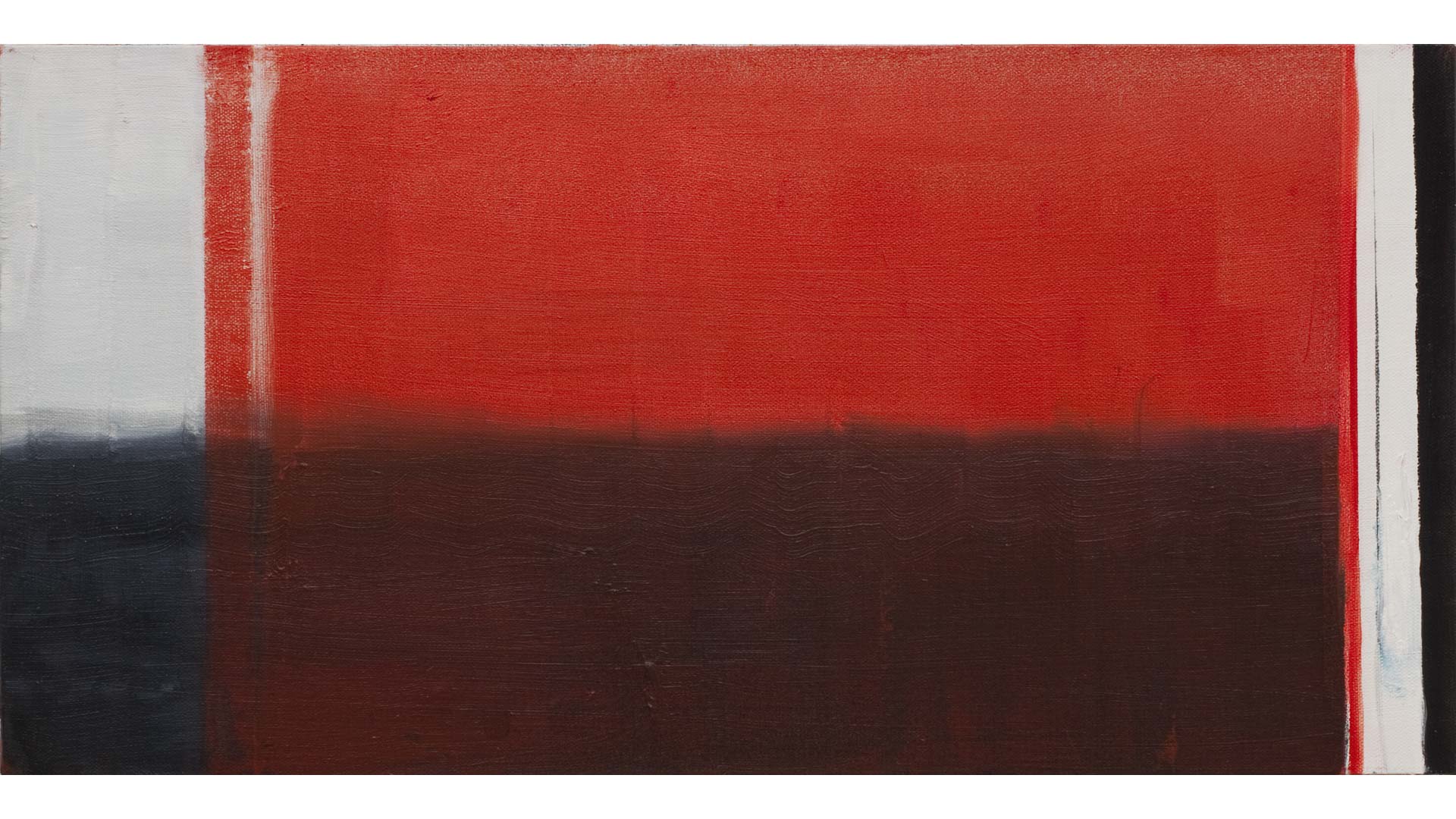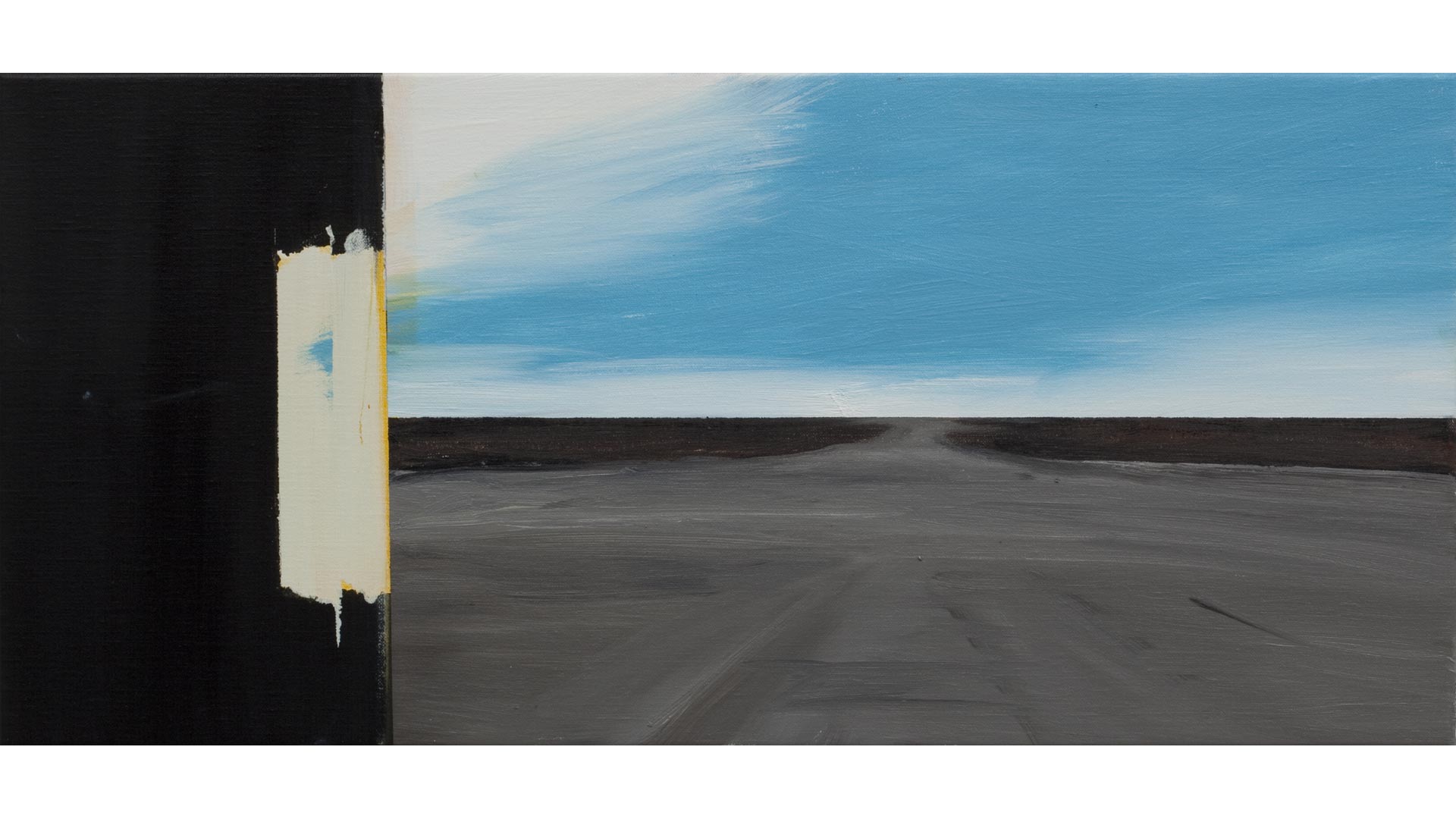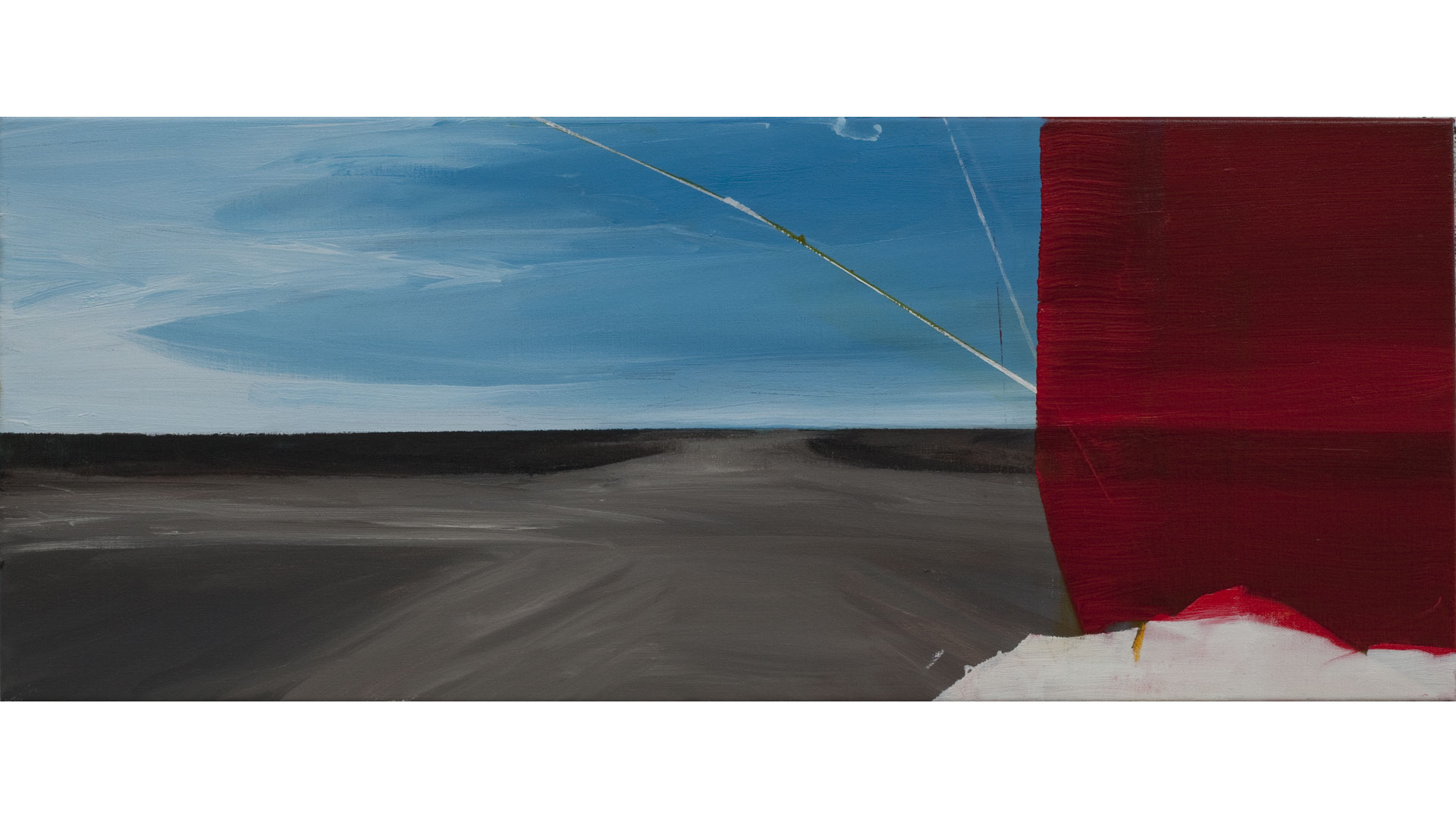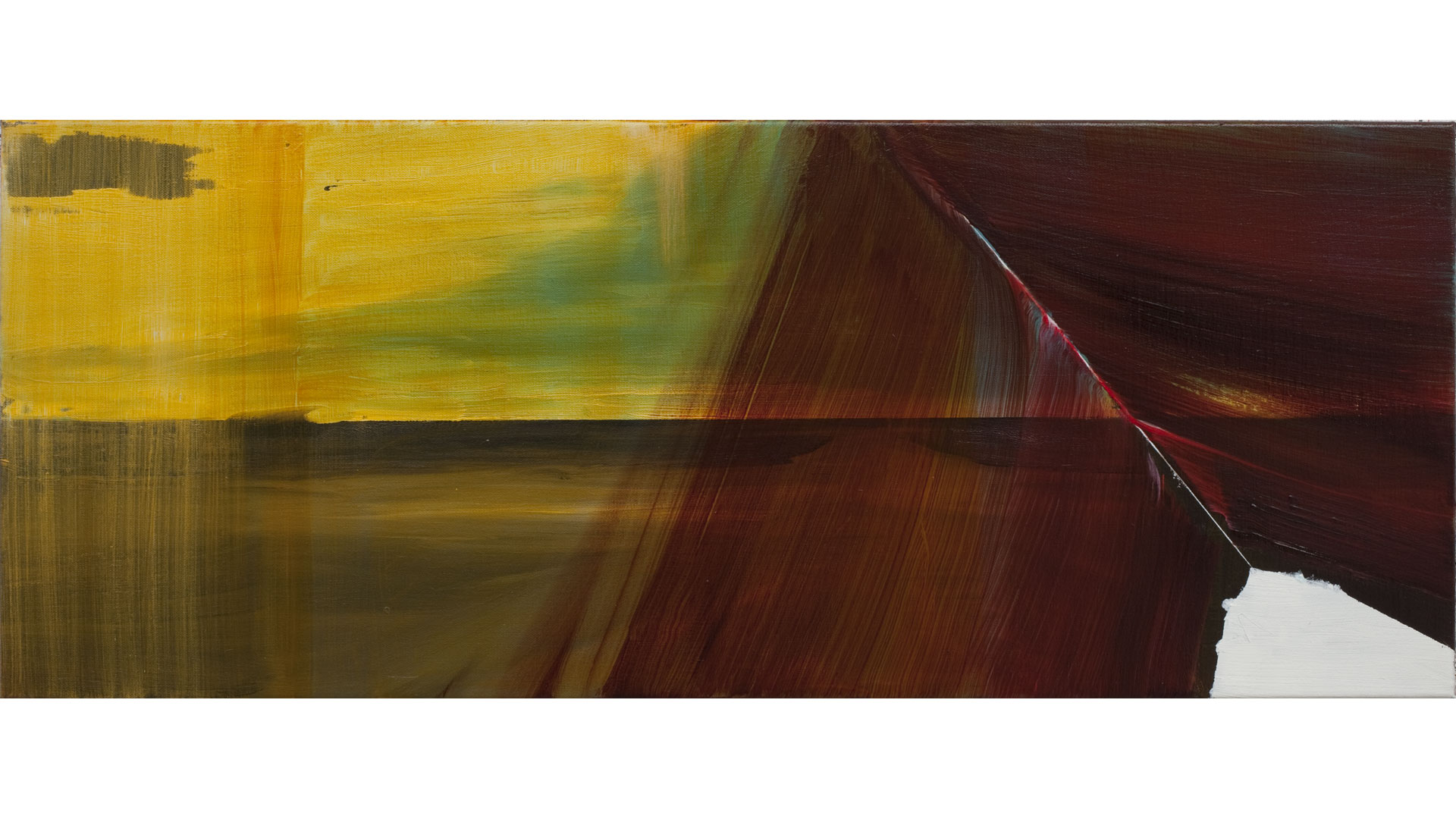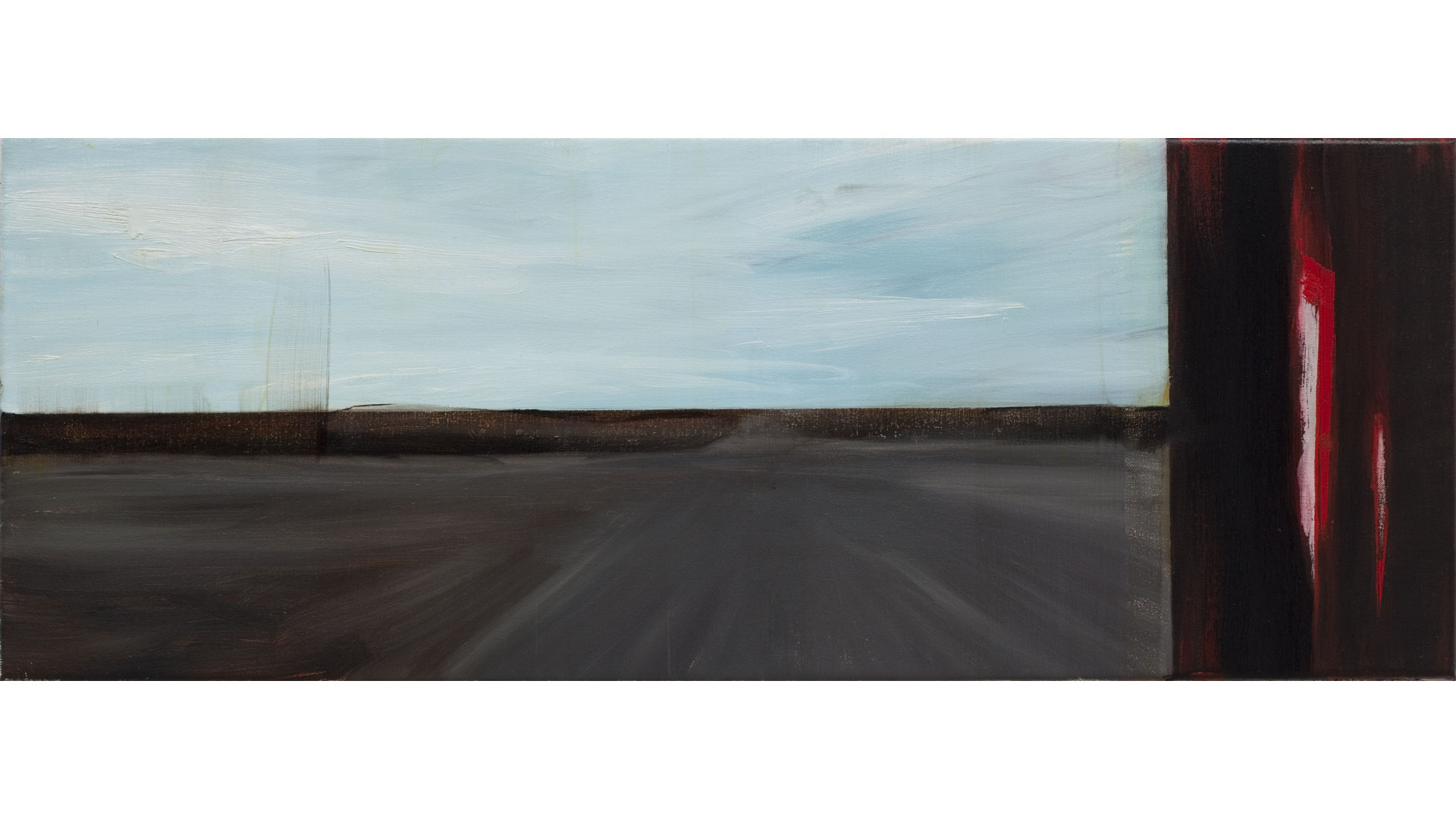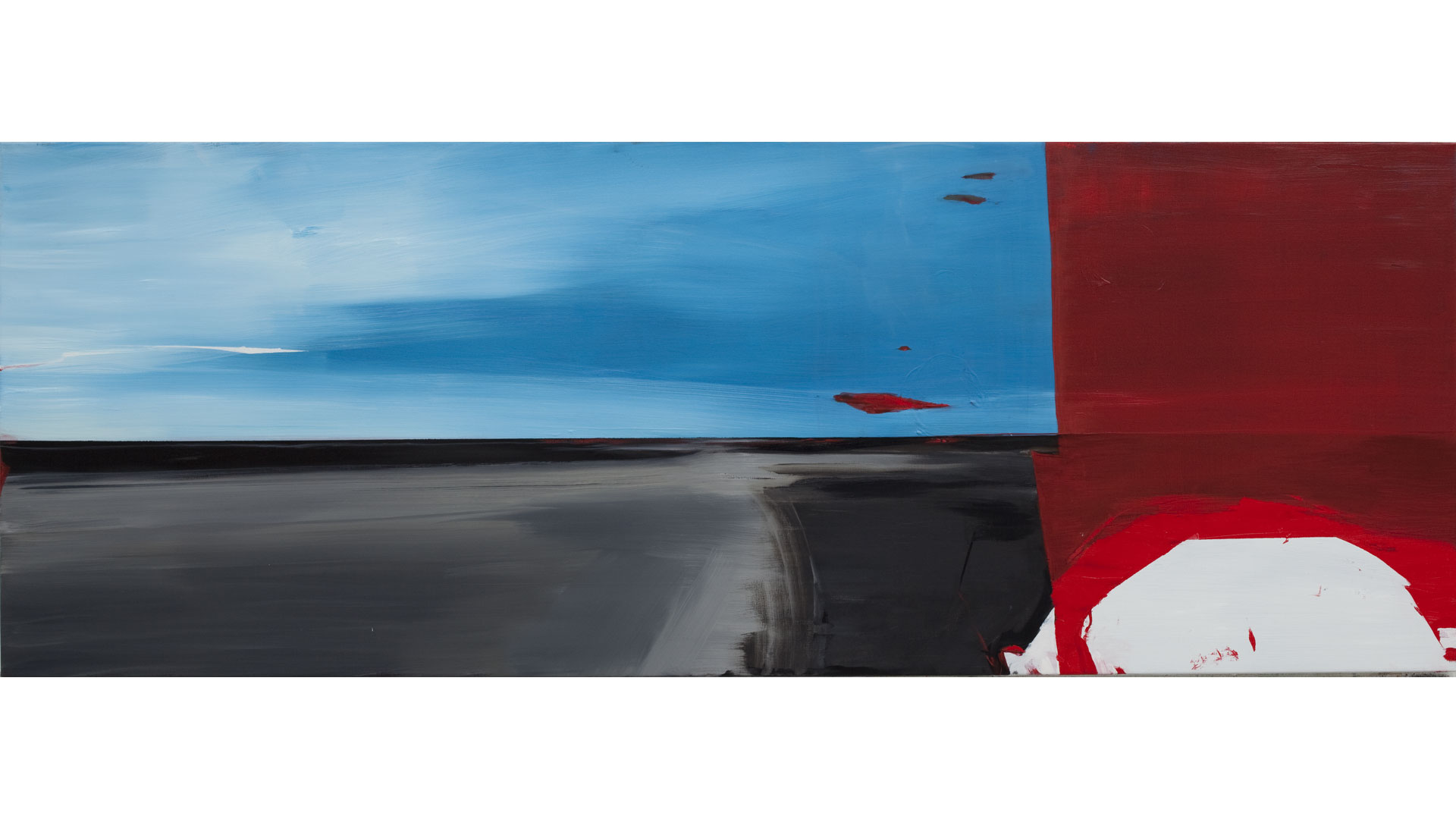2014
INSTALLATION at TANYA BONAKDAR GALLERY, NEW YORK
MARCH 20 – APRIL 19, 2014
Tanya Bonakdar Gallery is very pleased to present a new series of dynamic paintings by Dutch artist Carla Klein. For her sixth solo exhibition with the gallery, Klein continues her exploration of the relationship between painting and photography and the layers of mediation involved in both creating and interpreting images. Exquisitely rendered, this latest body of work is the first in which Klein has explored the use of color beyond her muted blue-gray palette, layering reds, yellows, and oranges to create intensely vibrant and arresting compositions. Based on photographs from the artist’s archive, each composition pushes the original image towards abstraction while maintaining a close relationship to the photograph itself. Traces of the imaging process appear in many of these new works, and the use of color re-contextualizes contemporary digital photography’s use of filters, color effects and manipulation.
Continue reading
Emphasizing the inherent flaws in any representational process, Klein’s paintings offer their own compelling and authentic visual experience, incorporating elements of chance and deliberate distortion of reality. Exploring her own archive of undeveloped film and old photos, Klein finds endless inspiration in the mechanics and materiality of the photographic process from the first exposure to the finished print. Klein embraces the over-exposures, any errors in the developing process, the first exposure in the roll ordinarily discarded, as well as rips and folds in the paper.
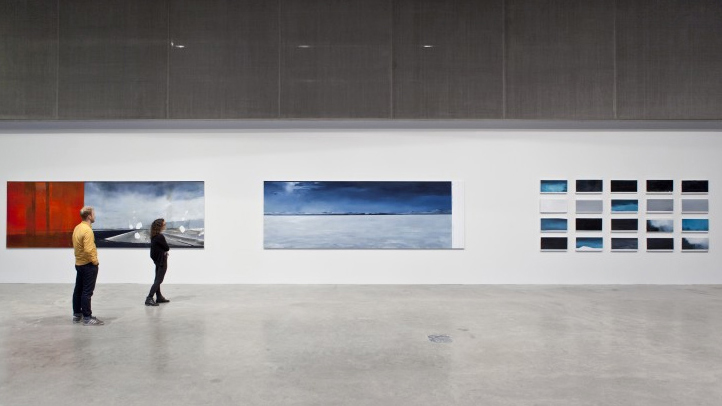
CONTEMPORARY ART MUSEUM ST. LOUIS
SEPTEMBER 5, 2014 – JANUARY 3, 2015
Featuring such expansive, desolate landscapes as airport runways and sprawling roads beneath cloud-filled skies, this focused selection of recent large-scale paintings by acclaimed Dutch artist Carla Klein occupies the Museum’s sixty-foot-long project wall. Working primarily in her signature aqueous blue-gray palette, Carla Klein portrays what she calls “non-places”: spaces constructed with the sole purpose of being passed through. Typically associated with activity and noise, the scenes are absent of people, presented as unchanging, abandoned landscapes.
Often working from her own photographs, Klein explores the physical properties of film, embracing its imperfections. The artist incorporates her negatives’ scratches into the work, transforming them into painterly distortions that draw attention to the surface of the picture plane. The resulting effect is a sense of distance between the viewer and the landscape, almost as if we were looking through a smeared pane of glass. This exhibition introduces Klein’s recent implementation of color; notably, what appears to be a red curtain in Untitled (pictured above) further emphasizes the experience of mediated viewing. The works navigate between illusions of vast depth and a reinforced awareness of the picture plane—not only as a painted surface but as a perceived barrier.

